This post may contain affiliate links which means I will get a commission if you make a purchase at no additional cost to you. As an Amazon Associate I earn from qualifying purchases. Please read my disclosure for details.
In an age where sustainability and self-nourishment are no longer separate conversations, planting with purpose has become a gentle kind of revolution. Every garden, no matter how small, can serve as a sanctuary for pollinators while offering practical beauty for your kitchen and table.
Bees, the silent architects of so much of our food system, thrive where flowers are plentiful and pesticides are few. By choosing the right plants, you are not just feeding yourself. You are feeding an entire ecosystem.
Lavender
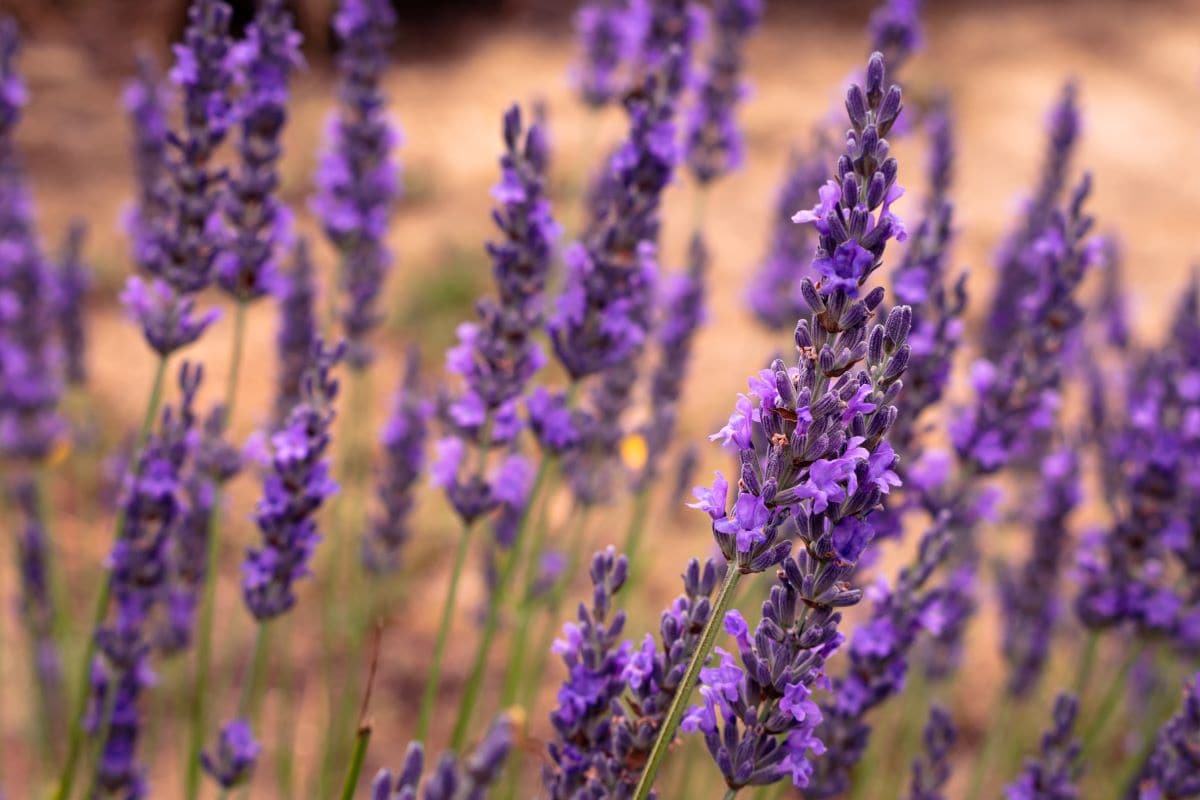
WANT TO SAVE THIS RECIPE?
Fragrant and graceful, lavender attracts bees with its long blooming season and soothing aroma. In the kitchen, its dried buds add floral notes to baked goods, tea blends, and even spice rubs. Just a pinch can elevate a dish or calm a restless evening.
Basil
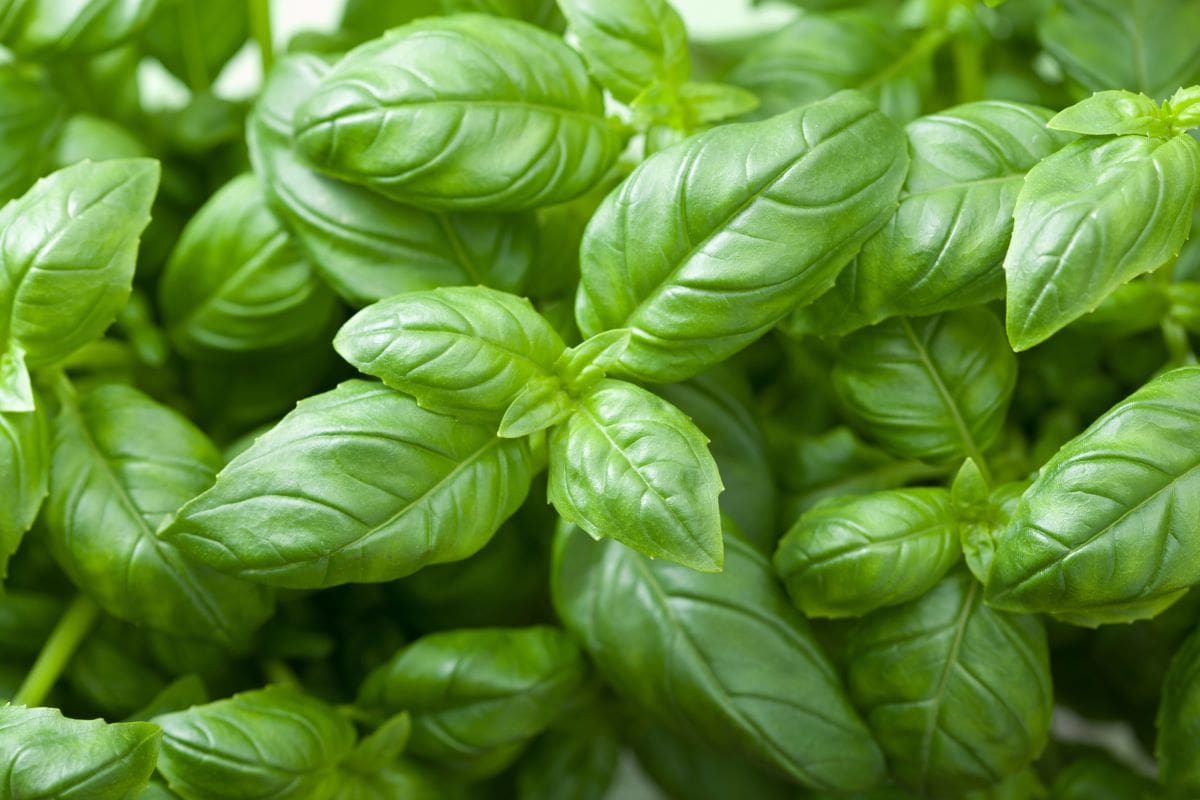
Bees are drawn to its tiny white or purple flowers, which bloom when the plant is left to seed. For you, basil means pesto, fresh tomato pairings, and the unmistakable scent of summer in every dish. Plant multiple varieties for diversity in flavor and color.
Rosemary
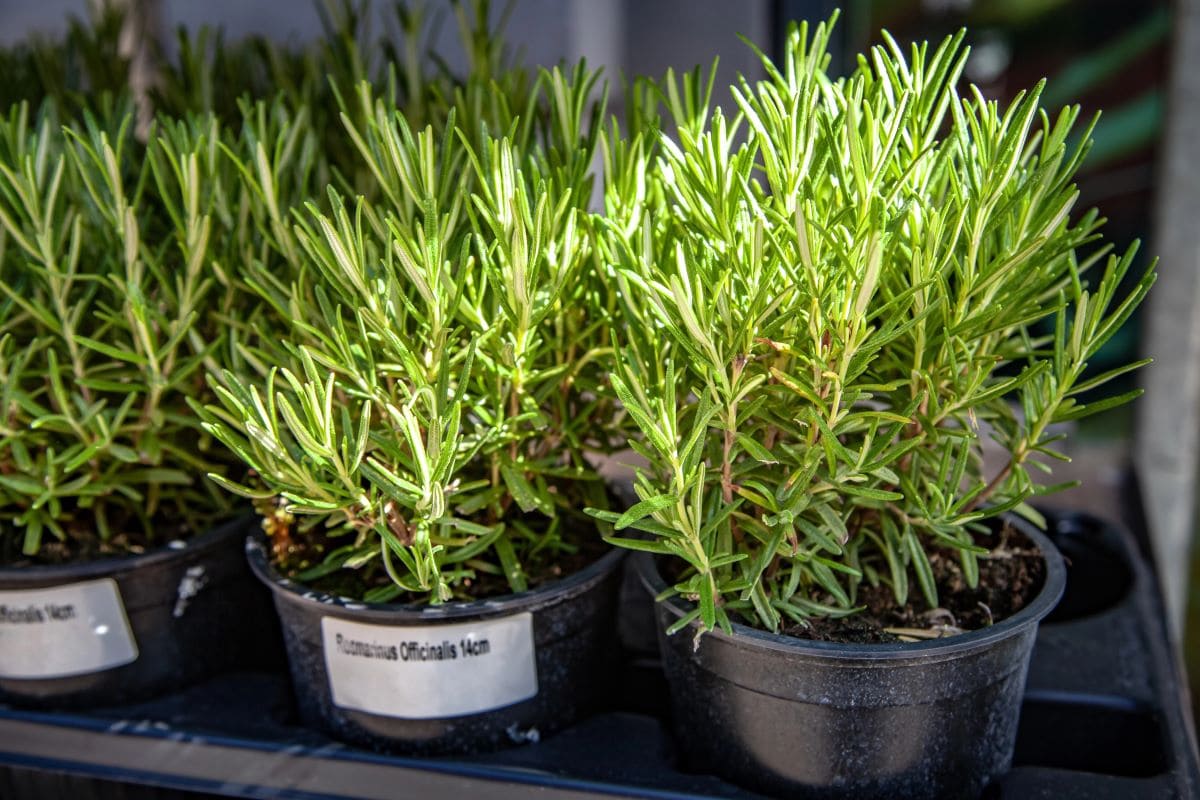
Its spiky blooms feed pollinators, while its evergreen leaves add earthy depth to roasted vegetables, marinades, and herbal oils. Hardy and low-maintenance, rosemary thrives in containers and garden beds alike.
Thyme
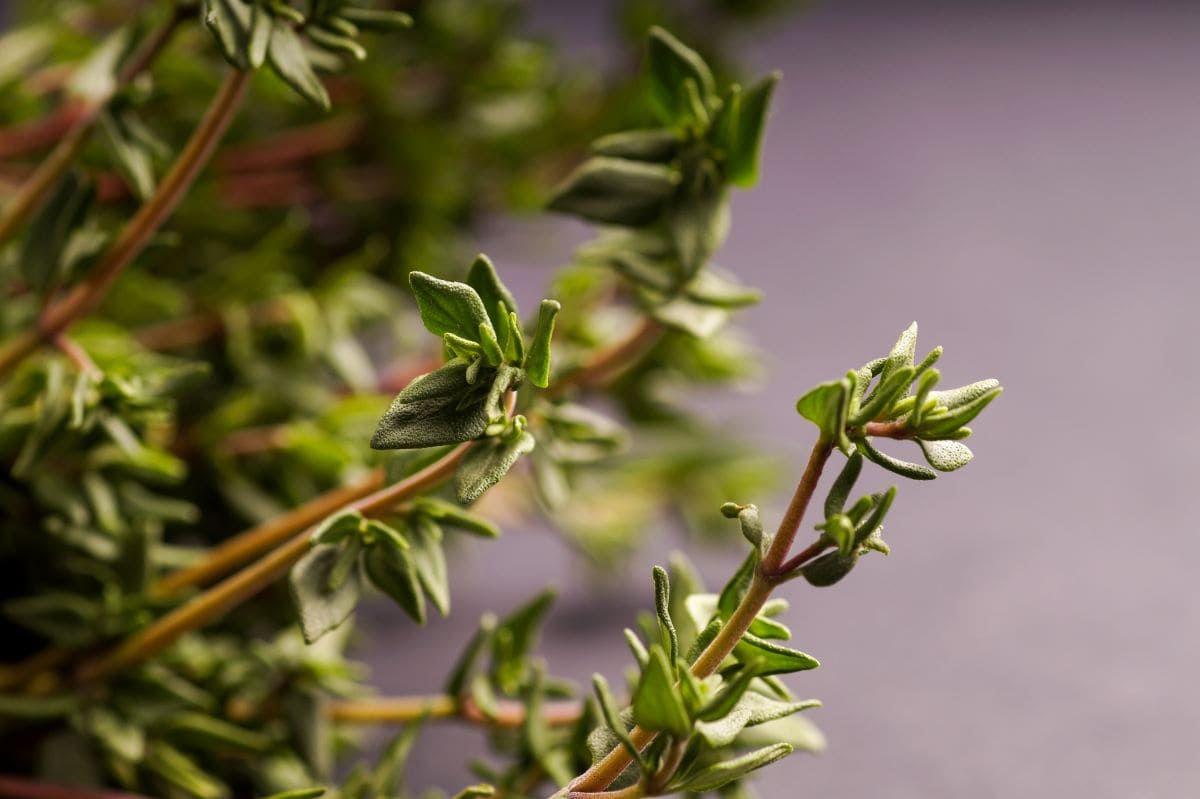
This tiny-leaved herb is beloved by bees for its clusters of pale pink flowers, which appear generously in warm months. In your pantry, thyme adds subtle structure to soups, stews, and roasted meats without overpowering them. Its slow growing nature makes it easy to manage and rewarding to harvest.
Borage

With star-shaped blue flowers that bees absolutely adore, borage is a pollinator magnet. The young leaves have a mild cucumber flavor, perfect for summer drinks, salads, and garnishes. Its flowers are edible too, adding color and texture to sweet or savory plates.
Oregano
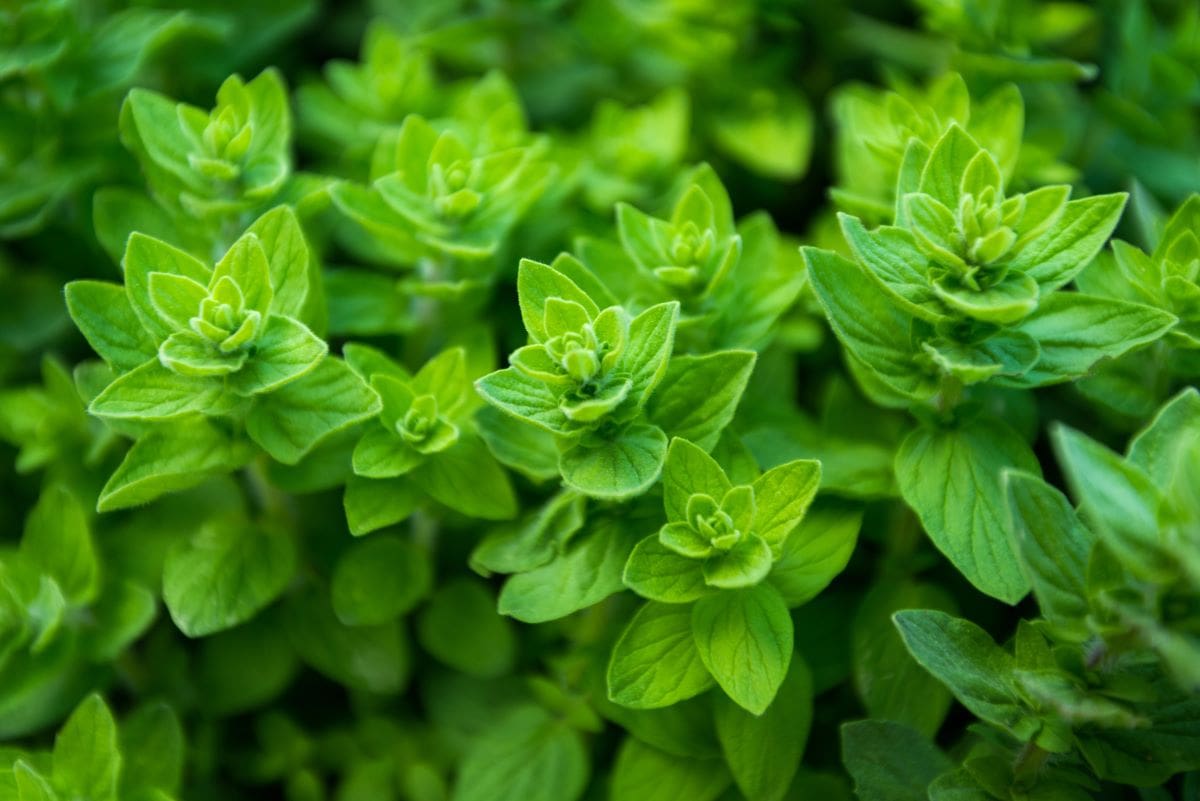
Bees flock to its tiny blossoms, which bloom generously when the plant is well established. For the kitchen, oregano brings robust flavor to sauces, pizzas, and Mediterranean dishes with ease. It dries well and retains its potency long after harvest.
Related Post: 11 Local Restaurants In Colorado That Food Bloggers Can’t Stop Posting About
Mint
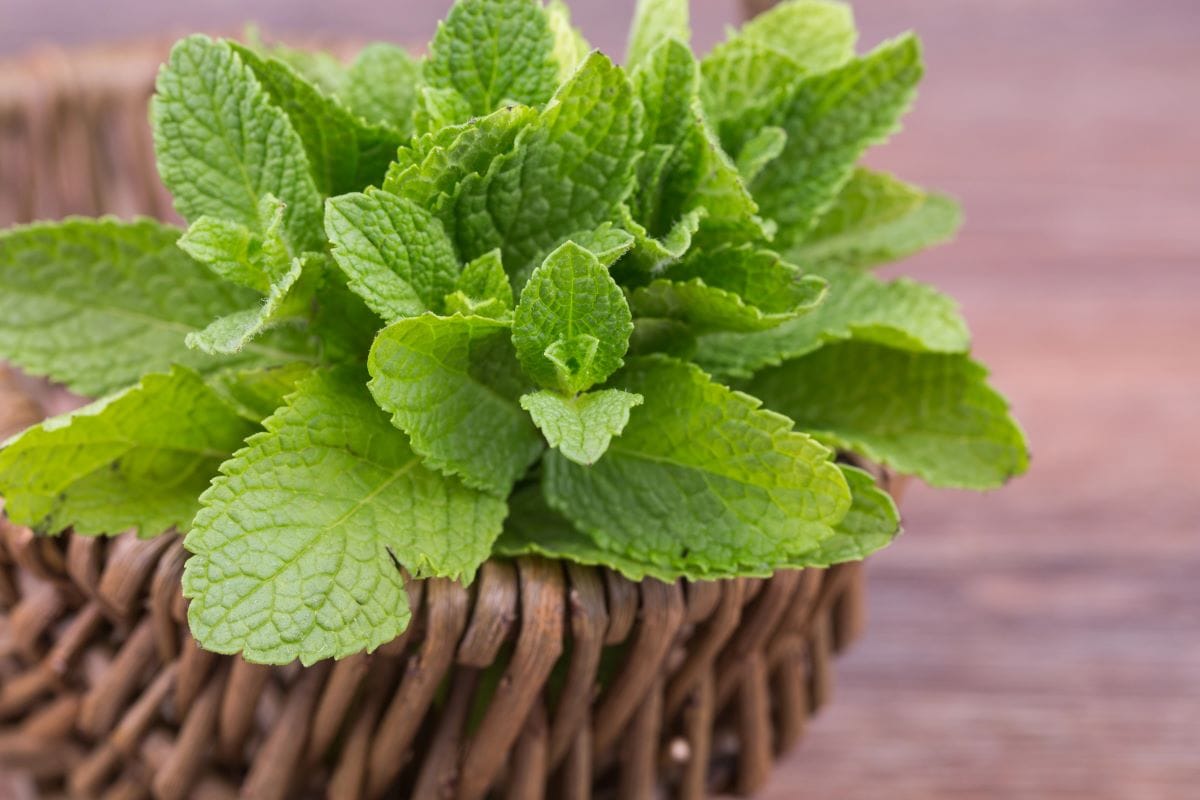
Bees love the pale pink and white flowers of mint, which bloom if you let the plant spread a little. In your pantry, mint offers cooling freshness to teas, desserts, sauces, and even grain dishes. Grow it in containers to keep its roots contained and its harvest abundant.
Related Post: 10 Restaurants In Colorado That Mix Local Ingredients With Global Flavors
Chives
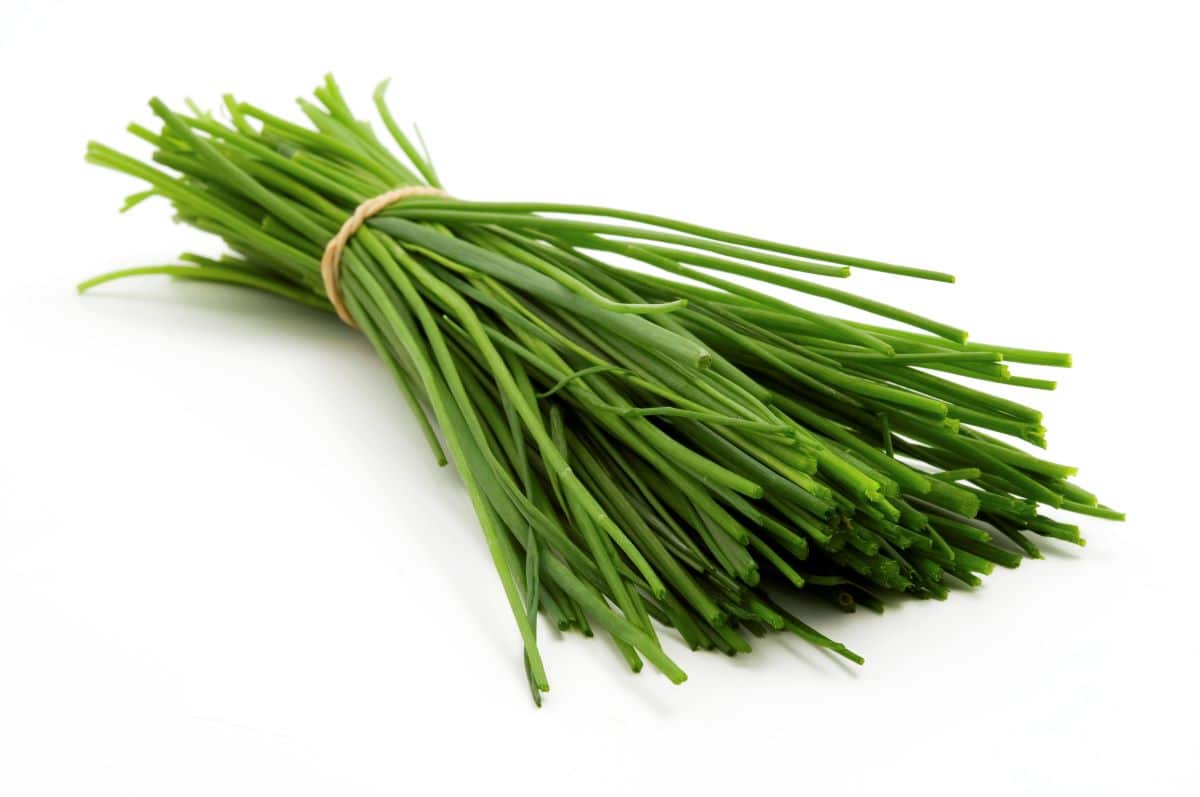
These slender herbs produce purple pompom-like flowers that bees cannot resist. In your recipes, chives offer a mild onion flavor that lifts eggs, spreads, and savory pancakes. Snip them often to encourage new growth and enjoy them fresh or dried.
Related Post: 10 Arizona Restaurants That Serve Famous Dishes You’ve Never Heard Of
Dill
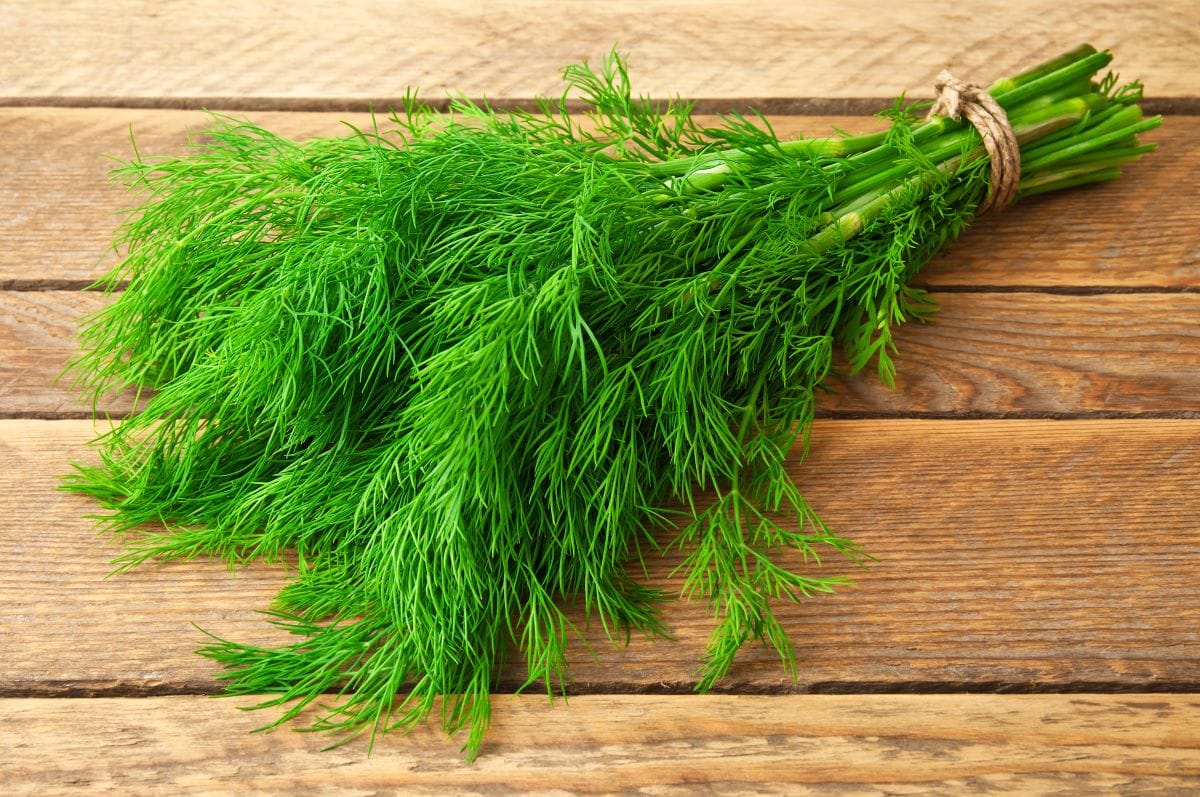
Dill’s yellow umbel flowers buzz with activity during the peak of summer, drawing bees in droves. In the kitchen, its feathery leaves and seeds flavor pickles, fish, and dressings with a unique tang. It grows quickly and often reseeds itself if left undisturbed.
Related Post: 11 Grocery Chains in Washington With Shockingly Good Deli Counters
Fennel
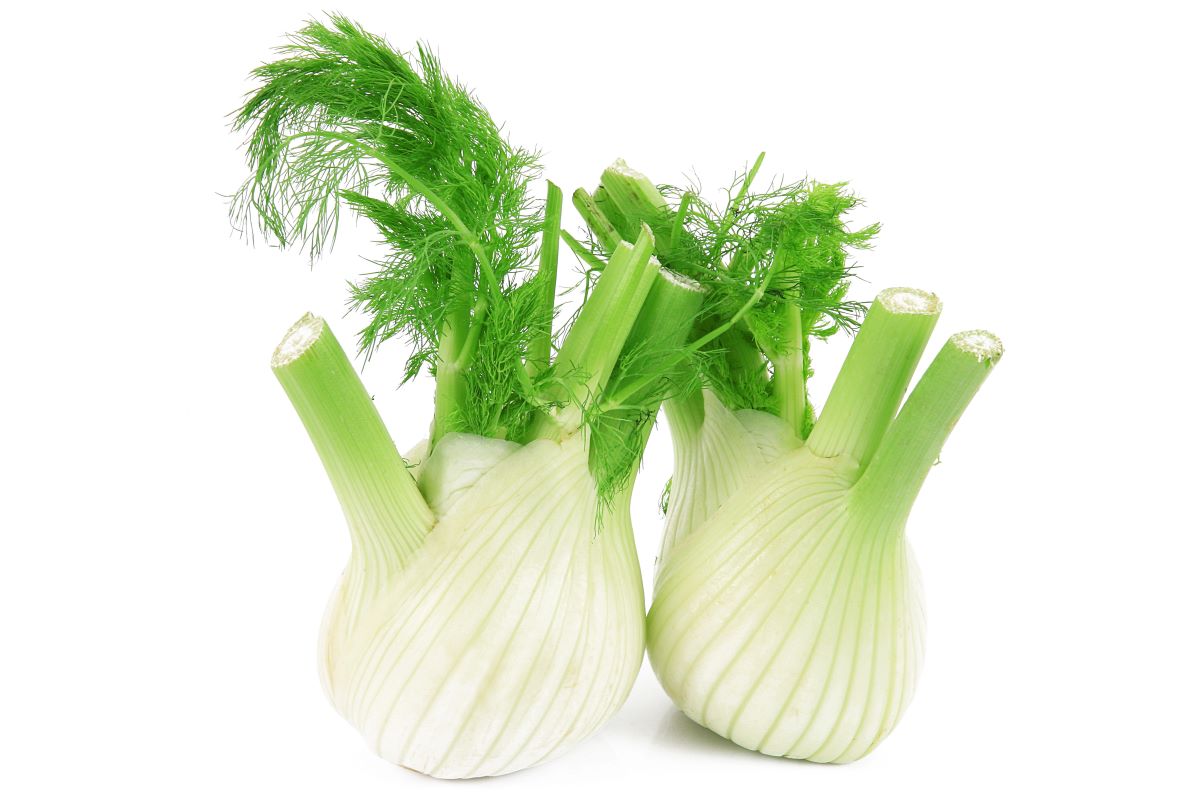
Tall and dramatic, fennel produces soft yellow flowers that act like a landing pad for bees. Every part of this plant is edible, from the licorice-scented leaves to the crunchy bulb and sweet seeds. Its versatility makes it a pantry powerhouse and a pollinator favorite.
Related Post: 12 Local Restaurants In Arizona That Are Way Better Than The Chains
Sunflowers
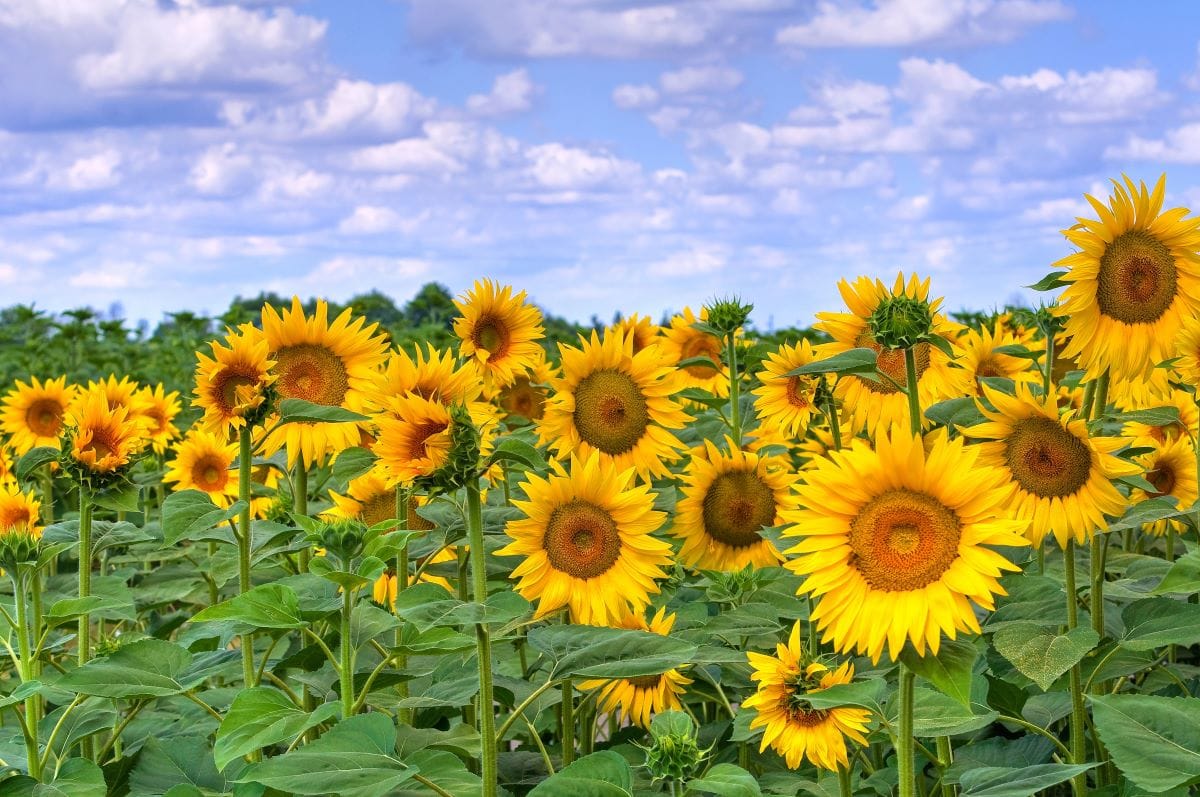
Towering and golden, sunflowers are as good for the soul as they are for bees. While their nectar-rich centers feed pollinators, their seeds nourish you with protein and healthy fats. Roast the seeds, press them for oil, or save them for next season’s planting.
Related Post: 12 Grocery Chains In Pennsylvania That Cater To Old School Shoppers
Sign up now to receive our exclusive e-cookbook filled with top-rated recipes for FREE!
Sage
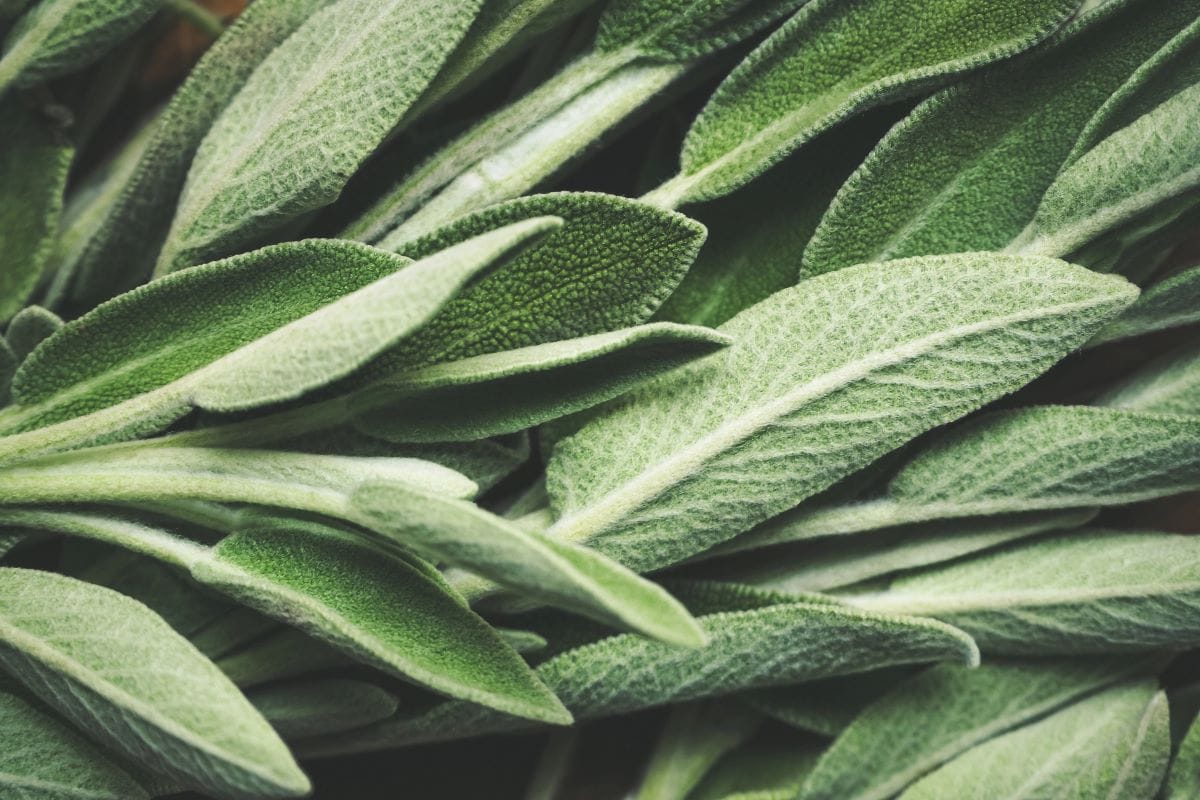
Its soft blue or purple blooms welcome bees throughout the growing season, while its leaves bring grounding warmth to winter meals. In your pantry, dried sage lends comfort to stuffing, meats, and root vegetables. It is easy to grow and even easier to love.
Related Post: 11 Grocery Stores In Pennsylvania With Legendary Hot Food Bars
Coriander
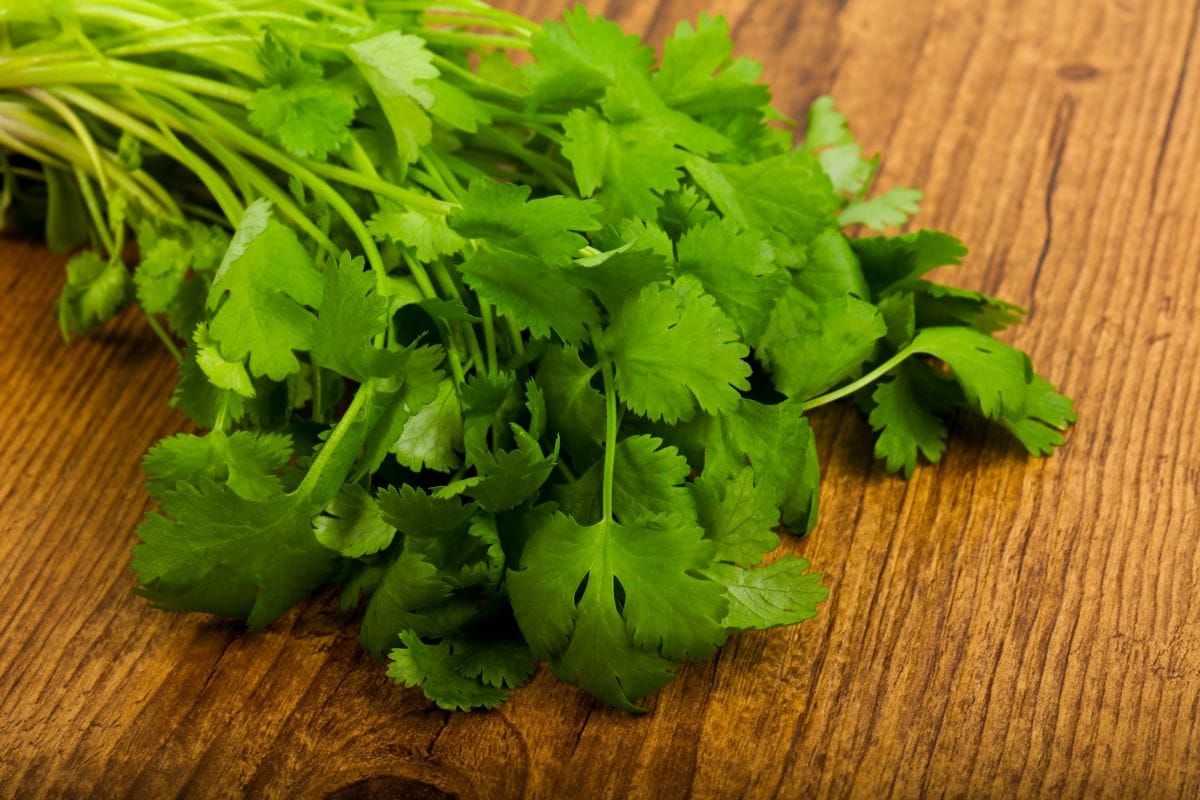
Also known as cilantro, this herb bolts quickly in the heat, producing tiny white flowers that bees flock to. While the leaves are used fresh, the seeds dry into coriander, a spice beloved in both sweet and savory cuisine. Growing your own means you get both herbs and spices from one plant.
Related Post: 10 Hidden Restaurants In Philly Locals Keep To Themselves
Lemon Balm
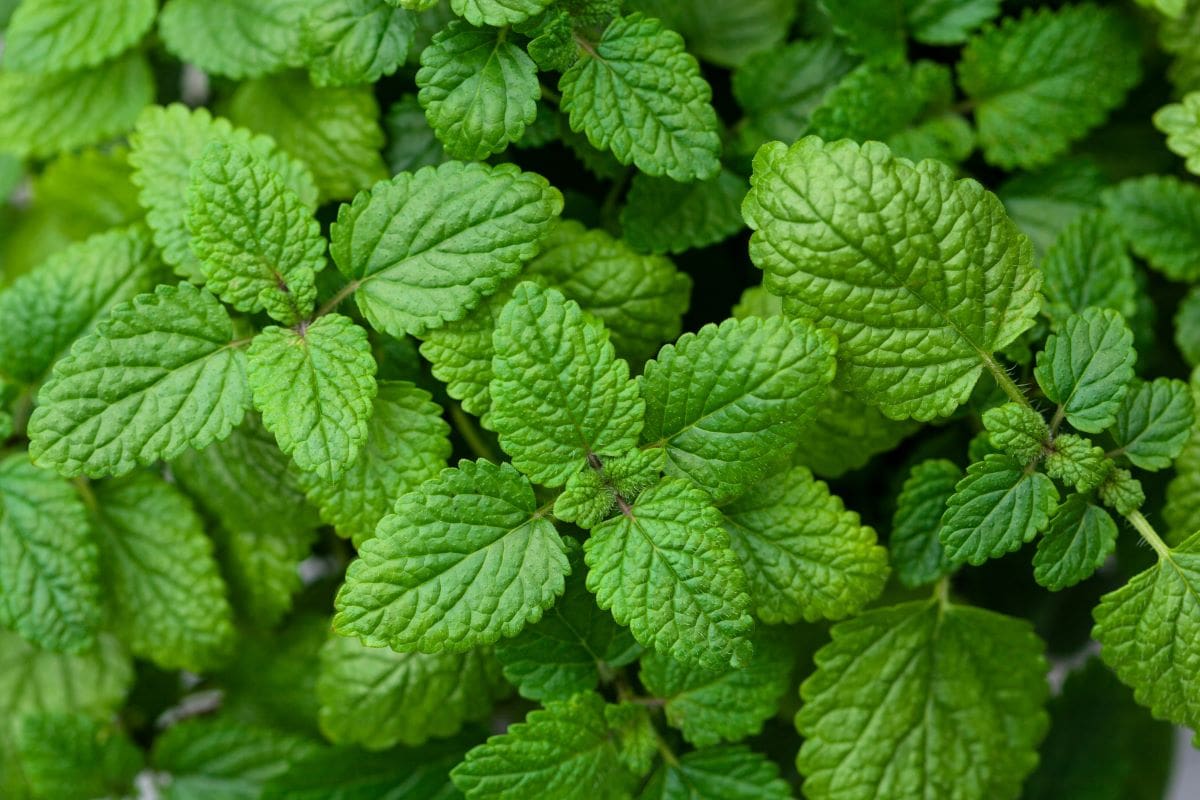
Bees love the lemony scent of this plant’s small flowers, which bloom in mid to late summer. In your pantry, lemon balm makes calming teas and adds gentle citrus notes to syrups and desserts. It spreads easily, so plant it where it can grow freely or trim regularly to control it.
Related Post: 10 Pennsylvania Food Joints That Outsiders Don’t Appreciate Until They Visit
A garden planted with purpose becomes a gift to more than just its caretaker. By choosing plants that nourish bees and stock your pantry, you are closing a beautiful loop between the earth and your table. These fourteen herbs and blooms serve dual roles, creating a landscape that is both edible and essential.
Disclaimer: This list is solely the author’s opinion based on research and publicly available information.
These 5 French Open Pantry Trends Are Serving Aces Across These States

There is something about the French Open, the effortless refinement, the clean whites, the sunlit elegance that has escaped the clay court and landed directly in American homes. Only this time, it is not showing up in wardrobes. It is showing up in pantries.
Across several design-forward states, homeowners are leaning into the quiet luxury of French Open aesthetics to rethink how their storage spaces feel and function. It is a blend of sport and style, of discipline and beauty.
Read it here: These 5 French Open Pantry Trends Are Serving Aces Across These States
How to Save $100+ Every Month at the Grocery Store

From planning your meals to avoiding sneaky upcharges in the snack aisle, here’s a realistic guide to trimming your food budget without adding stress to your week.
Read it here: Things Moms Waste Money On (and Don’t Even Know It)
Is Walmart+ Still Worth It in 2025? The Truth After 3 Years

Is the new Walmart Plus worth the annual fee or is it just another failed version of Amazon Prime? I spent my own money trying this service out for 12 months and counting. I have a lot to say about the benefits and drawbacks in this Walmart+ honest review.
Read it here: Is Walmart+ Worth It? Honest Review 3 Years Later!
You’ll love these related posts:
- 10 Illinois Restaurants That Have Been Around Longer Than Most People’s Jobs
- 12 Restaurants In Pennsylvania That Serve Food You Can’t Get Anywhere Else
- 11 Grocery Store Chains In Illinois With Cult Like Followings
- 11 Small Grocery Chains In Pennsylvania That Locals Are Obsessed With
- 10 Must Visit Grocery Chains In Arizona For Plant Based Shoppers
